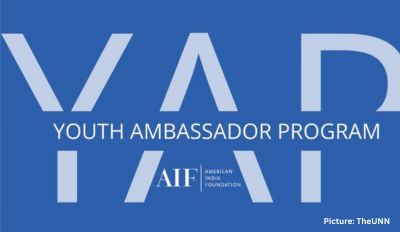As colleges start planning their return to in-person learning in the fall, the college admissions season is well underway. College-intending students are currently navigating access to the financial aid critical to affording college. This year, nearly 20 million new and returning students will apply for federal financial aid through the Free Application for Federal Student Aid (FAFSA). The FAFSA is notoriously time consuming. Yet, for many who complete the FAFSA, the process of accessing financial aid is far from over. Particularly for students from under-resourced and minoritized groups, their FAFSA has a good chance of being flagged for further scrutiny, jeopardizing the aid they qualify for.
Each year, the U.S. Education Department (ED) flags millions of students to undergo an audit of their FAFSA through a process termed verification. Verification requires students to further attest to—and, in some cases, prove—that the information reported on their FAFSA is accurate. ED’s stated goal of verification is to make sure that the nearly $41 billion in federal financial aid is going to students who are rightly entitled to it.Verification can take many forms. From relatively quick tasks, such as verifying family size, to more time-consuming actions, such as proving a parent’s unemployment status with a notarized letter. If students fail to complete verification, they may fail to receive federal aid and, in some cases, also become ineligible for institutional or state aid.
 ED selects around 25% of all FAFSA filers for verification. This rate strikes us as surprisingly high, especially in contrast to the less than 2% of federal tax returns selected for audit annually. The verification rate is nearly three times higher (60%) for the 34% of under-resourced students who qualify for federal need-based Pell Grants. Even more concerning is when the nearly 25% of Pell-eligible FAFSA fillers flagged for verification fail to complete the process and therefore lose out on thousands in federal aid. By definition, students eligible for Pell Grants must “display exceptional financial need.” Still, verification requires these students to go to great lengths to prove repeatedly that they are poor.
ED selects around 25% of all FAFSA filers for verification. This rate strikes us as surprisingly high, especially in contrast to the less than 2% of federal tax returns selected for audit annually. The verification rate is nearly three times higher (60%) for the 34% of under-resourced students who qualify for federal need-based Pell Grants. Even more concerning is when the nearly 25% of Pell-eligible FAFSA fillers flagged for verification fail to complete the process and therefore lose out on thousands in federal aid. By definition, students eligible for Pell Grants must “display exceptional financial need.” Still, verification requires these students to go to great lengths to prove repeatedly that they are poor.
What about the administrative burden to the colleges and universities these students attend? In a newly published paper, we consider the magnitude of these institutional costs. Although the federal government selects students for verification, the process is otherwise decentralized, with college financial aid offices bearing responsibility for administering the process.
We estimate that responsibility for this step in the financial aid process alone costs U.S. colleges nearly $500 million annually. This is roughly equal to an additional 130,000 Pell Grants for under-resourced students. Compared to the backdrop of $41 billion in financial aid, $500 million may seem like a reasonable expenditure. However, this cost is not borne equally by all institutions. We estimate that community colleges—which serve a disproportionate share of Pell recipients—spend almost a quarter of their financial-aid-office operating budget on verification procedures alone, compared to only 1% at private universities. To put this one-quarter figure into perspective, it is equivalent to three full-time staff members devoted to verification instead of other services, such as financial aid counseling. Such counseling might support students to seek emergency aid when faced with economic setbacks that could otherwise hinder their postsecondary progress, a frequent occurrence at public colleges.
ED has recently announced a decrease in the verification rate for next year’s FAFSA filers to 18%. Alongside it, ED has also announced simplifications to the FAFSA, including a reduction in the number of items it includes. These are moves in the right direction; however, if procedures for verification selection remain unchanged, the process will still place demands disproportionately on under-resourced students and the institutions they attend. These are the same students and institutions hardest hit by the COVID-19 pandemic. The resulting economic hardship faced by these students and their families undoubtedly will create increased pressure on financial aid offices.
Of course, ED’s role is to be a responsible steward of the tax dollars devoted to federal financial aid. However, evidence suggests that current audit procedures do little to change financial aid eligibility for those who complete verification. Further, any audit system should attend to inequitable distribution of burden to institutions.
To offer some final perspective, why should the federal government require burdensome verification procedures for low-income college students at nearly 20 times the rate at which federal tax returns are selected for audit? If the federal government instead focused on recuperating unpaid federal income taxes just among the top 1% of earners, federal revenue would increase by an estimated $175 billion—more than four times the total federal grant aid allocation every year. That would be an effort well spent.











